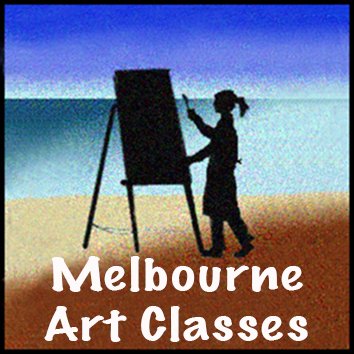CHEVREUL’S LAWS OF SIMULTANEOUS CONTRAST
All 3 dimensions of colour, HUE, VALUE & CHROMA are subservient to this phenomenon.
° The Renaissance artists already knew about Simultaneous contrast.
° Said Leonardo: “Of colours of equal lightness, that will look brightest which is against the darkest background, and black will display itself at its darkest against a background of greatest whiteness. And red will look most fierce against the yellowest background, as do all colours surrounded by their directly contrary colour.”
° Chevreul looked into this phenomenon a bit more and published a book about it.
‘The Law of Simultaneous Color Contrast’ 1839
° If two colour areas are seen close together in space or time, each will shift in hue and value as if the visual complementary colour of the neighbouring or preceding colour were mixed with it.
° Cool colours look cooler when placed next to warm ones.
° Warmer colours look warmer when placed next to cool ones.
° A dark colour juxtaposed with a light one makes them both look brighter.
° Dark next to bright (saturated) makes the bright one look brighter.
° Dark next to light makes the light seem lighter and the dark darker
° A bright colour next to a muted colour makes the muted one look more dull
° If two colours are of similar brightness, both look less bright when placed next to each other.
Once again, take a look at the images on the previous page and see the illusion caused by subtle variations of value, appearing quite differently when alongside darker or lighter neighbours.
I never get tired of this tricky and amazing phenomenon!
It is important to understand this, that Hue , Chroma (Saturation) and Brightness (Value) are all subservient to some natural laws (as described definitively by Michel Chevreul in 1839), outlined next page. Observe squares A and B, which appear to be of different values, but in fact, are identical, however, Adelson shows their relative positioning changes their perceived value.
Go through these sections one by one, using the image links in this Value, Light and Shade Master Index
Video - Tone,contrast,light and shade
Shadows
Light and Shade Exercises
Notan Studies
Common Uses for Value in art
Value Perception
Chevreul's Laws of Simultaneous Contrast
What is squinting at art all about?
Values and Colour Mixing
Using Light & Shade in paintings
Contrast - all forms
Blending / Value Modelling in acrylics













